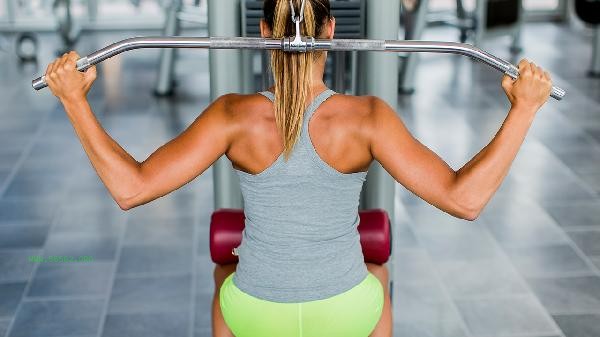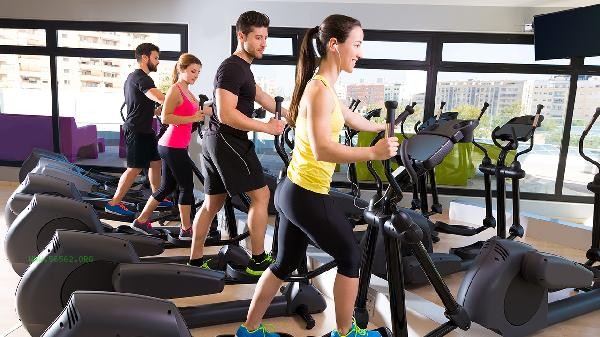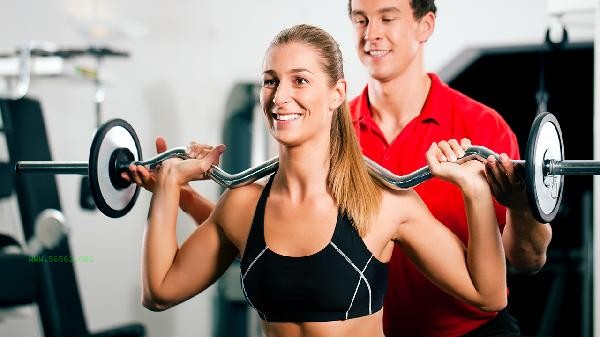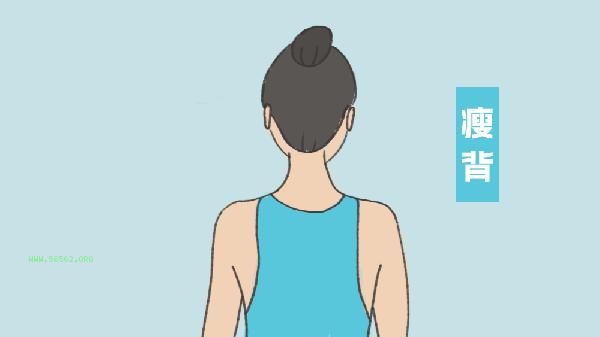The common abdominal training equipment in gyms mainly includes abdominal rollers, Roman chairs, abdominal rollers, hanging leg lifts, and rope abdominal rollers. These instruments are designed with different angles and resistance to specifically strengthen core muscle groups such as rectus abdominis and oblique abdominis.

1. Abdominal Rolling Machine
The abdominal rolling machine helps users complete standard abdominal movements by adjusting resistance and backrest angle. The curved track of the equipment can reduce cervical pressure and is suitable for beginners to master power techniques. During training, it is necessary to keep the lower back close to the cushion to avoid compensatory force from the waist. Long term use can enhance the strength and endurance of the upper rectus abdominis muscle.
2. Roman Chair
The Roman chair is mainly used for side and waist training, completing movements such as side rolling and back extension through lateral or prone positions. The fixed device of the equipment can stabilize the lower limbs and concentrate the training load on the oblique muscle of the abdomen. When using, pay attention to controlling the amplitude of movements to avoid excessive stretching that can cause lumbar spine injury. This device has a significant effect on shaping mermaid lines.
3. Abdominal Wheel
The abdominal wheel requires a kneeling or standing position to push and pull the roller, and has high requirements for core stability. During training, the abdominal muscles need to continuously exert force to maintain the neutral position of the spine, which can simultaneously activate the deep transverse abdominal muscles. Beginners suggest starting from a kneeling position and gradually increasing the rolling distance. This device has a significant effect on enhancing core strength and coordination.

4. Suspension leg lift
The suspension leg lift completes the leg lifting action by suspending the body, which can comprehensively stimulate the lower abdominal muscles. The handle and cushion of the equipment can reduce the burden on the arms and focus attention on abdominal contractions. During training, avoid swinging and using force, and maintain slow and controllable movements. This device has a significant effect on improving lower abdominal protrusion.
5. Rope abdominal machine
The rope abdominal machine provides adjustable resistance through a high pulley and can train abdominal muscle groups from multiple angles. The user can adopt a kneeling or standing position and complete the abdominal roll movement by pulling down the rope. The flexibility of the equipment is suitable for advanced individuals to engage in explosive or endurance training. During training, it is important to keep the pelvis tilted backwards and avoid involving the waist in exerting force.

When using abdominal training equipment, it is recommended to combine aerobic exercise and dietary control, train 3-4 times a week, complete 12-15 movements per group, and alternate between 2-3 types of equipment each time. Before and after training, it is necessary to fully warm up and stretch to avoid sudden increase in load that may cause muscle strain. For individuals experiencing discomfort in the lumbar spine or postpartum, low impact training methods such as Pilates or yoga ball assisted exercises should be selected under the guidance of professionals, gradually establishing core stability before using the equipment.






Comments (0)
Leave a Comment
No comments yet
Be the first to share your thoughts!